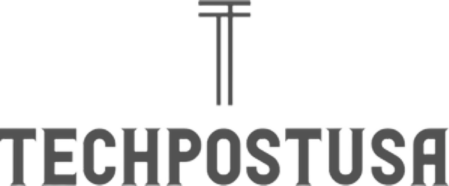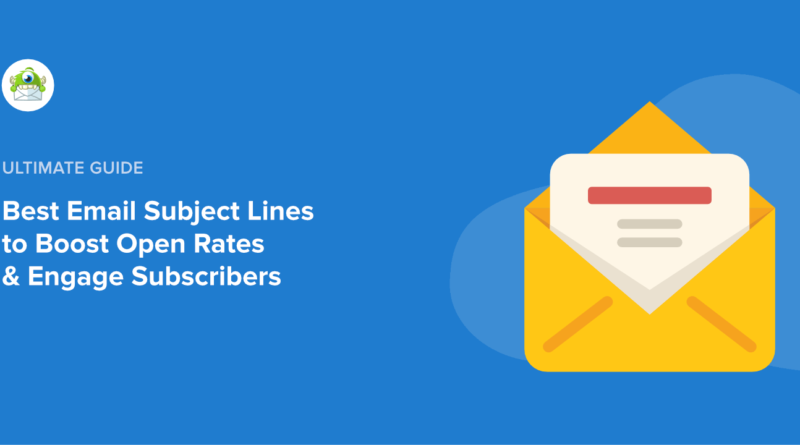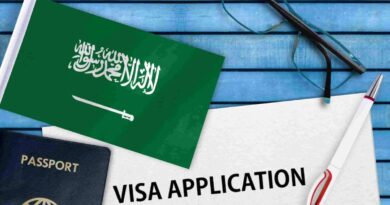How to write a newsletter
How to Write a Newsletter: A Step-by-Step Guide
A well-crafted newsletter can be an incredibly powerful tool for communication, whether you’re a business, a non-profit organization, a freelancer, or just an individual looking to keep a community engaged. Writing a newsletter is an art that combines clarity, creativity, and relevance. If done well, it can help you build stronger relationships with your audience, share valuable information, and even promote your business or cause. In this guide, we’ll break down how to write an effective newsletter that engages readers and gets results.
Step 1: Define the Purpose of Your Newsletter
Before you start writing, it’s crucial to understand the purpose of your newsletter. What do you want to achieve with it? Common goals for newsletters include:
- Informing readers about updates, news, or industry developments.
- Promoting products, services, or events.
- Providing educational content, such as tips, resources, or guides.
- Building community and engaging with your audience.
- Sharing personal stories, insights, or expertise.
Once you clearly define your goal, your newsletter’s tone, content, and design will naturally follow. For example, if you’re creating a business newsletter, the tone might be more formal, with a focus on promotions. For a community newsletter, the tone could be more conversational and personal.
Step 2: Know Your Audience
Your newsletter should be tailored to your readers. Understand who your target audience is and what kind of content they find valuable. Here are a few questions to help define your audience:
- What are their interests or needs?
- How can your newsletter help or entertain them?
- What challenges do they face, and how can your newsletter address them?
Understanding your audience allows you to curate relevant content and deliver it in a way that resonates with them. For instance, if you’re writing for a group of busy professionals, they may appreciate concise, actionable content over lengthy articles.
Step 3: Choose a Newsletter Format and Design
The layout and design of your newsletter should be visually appealing, easy to read, and aligned with your brand identity. Here are key elements to consider when designing your newsletter:
- Header: The header is the first thing your readers will see, so make it eye-catching. Include your newsletter’s name, your brand logo, and a compelling subject line.
- Body: The body of your newsletter should be divided into clear sections, with headlines and subheadings to guide the reader through the content. Keep paragraphs short, and use bullet points for easy readability.
- Images and Visuals: Use relevant images, graphics, or charts to break up text and enhance the message. Just be careful not to overcrowd your newsletter with too many visuals.
- Call-to-Action (CTA): A strong CTA directs readers on what to do next—whether it’s reading a blog post, signing up for an event, or purchasing a product.
Using a newsletter service like Mailchimp or Substack can also provide templates to help you get started and maintain consistent design.
Step 4: Craft Engaging Content
Content is the heart of your newsletter. Keep it interesting and valuable to your audience. Here are some content ideas:
- Industry News: Share updates, trends, or insights about your field or niche.
- Tips and How-To Guides: Offer advice or actionable strategies that your readers can use.
- Event Announcements: Let your audience know about upcoming events, webinars, or sales.
- Product Features or Promotions: Highlight new products, services, or special discounts.
- Personal Stories: Share behind-the-scenes stories or insights to humanize your brand.
- Guest Contributions: Feature guest articles or interviews with experts in your field.
Make sure your content is well-written and free from jargon. Use a tone that matches the purpose of your newsletter. Whether it’s professional, friendly, or casual, your voice should be consistent throughout the publication.
Step 5: Edit and Proofread
Before sending your newsletter, take the time to edit and proofread it. Grammar mistakes, typos, or unclear sentences can undermine your credibility. Here’s what to look for during the editing process:
- Spelling and Grammar: Run the text through a grammar-checking tool and read it through several times to catch errors.
- Clarity and Conciseness: Ensure your message is clear and concise. Avoid long-winded sentences and complex language.
- Tone and Consistency: Make sure your tone is consistent with your brand and that it resonates with your audience.
Consider having a colleague or someone else review your newsletter to catch mistakes or provide feedback on the content.
Step 6: Set a Consistent Schedule
Consistency is key when it comes to newsletters. Whether you send it weekly, bi-weekly, or monthly, ensure that you stick to a schedule. Regular newsletters help keep your audience engaged and build anticipation for future issues.
Set a calendar for content planning so that you’re never scrambling to put together your newsletter at the last minute. This also allows you to plan ahead for special events, promotions, or seasonal content.
Step 7: Test and Send
Before you hit “send,” test your newsletter. Most newsletter platforms allow you to send a test version to yourself or your team to check formatting, links, and images. It’s important to ensure everything looks good across different email clients (e.g., Gmail, Outlook) and devices (mobile, desktop).
Once you’re satisfied with the results, schedule the newsletter for delivery or send it immediately. Be sure to track your results (such as open rates and click-through rates) so you can refine your approach for future issues.
Step 8: Evaluate and Improve
After sending your newsletter, evaluate its performance. Did your audience engage with the content? Did they click on the links, share the newsletter, or take action on your call-to-action? Use the data from your email platform to understand what worked and what didn’t.
Over time, you’ll get a better sense of what your audience wants and how to improve your newsletter’s impact. Don’t be afraid to experiment with different types of content, formats, or subject lines.
Conclusion
Writing a newsletter can be an effective and rewarding way to engage with your audience, share valuable information, and build long-lasting relationships. By defining your goals, understanding your audience, crafting engaging content, and staying consistent, you’ll be well on your way to creating a newsletter that stands out in readers’ inboxes and drives meaningful results.
Happy writing!




